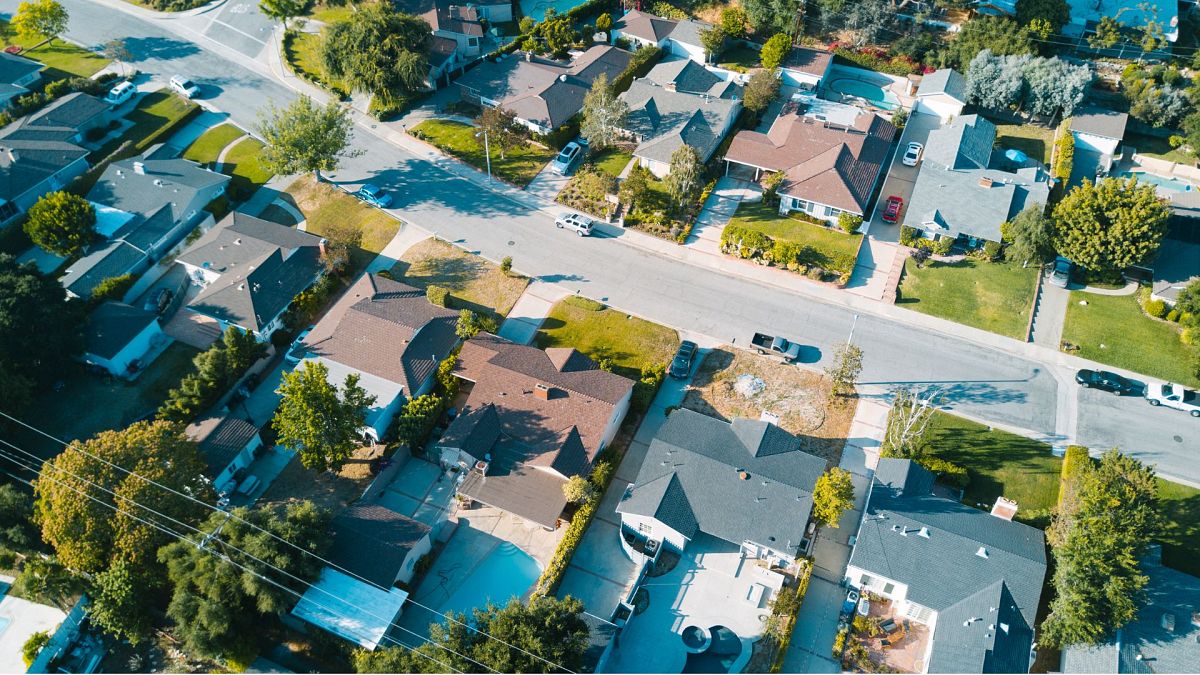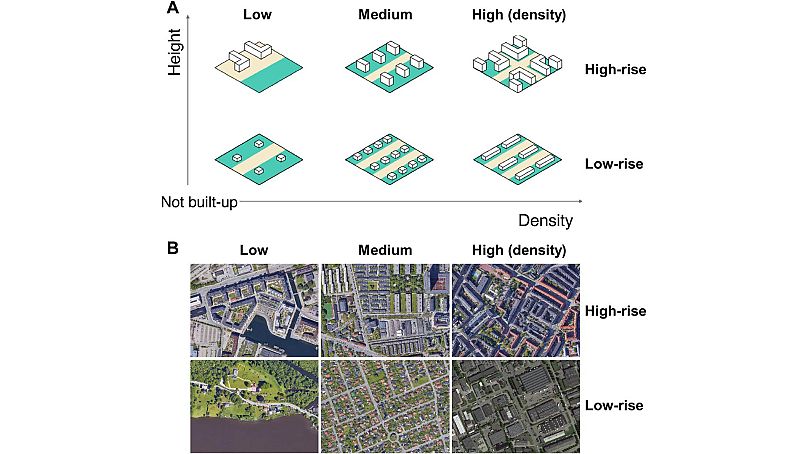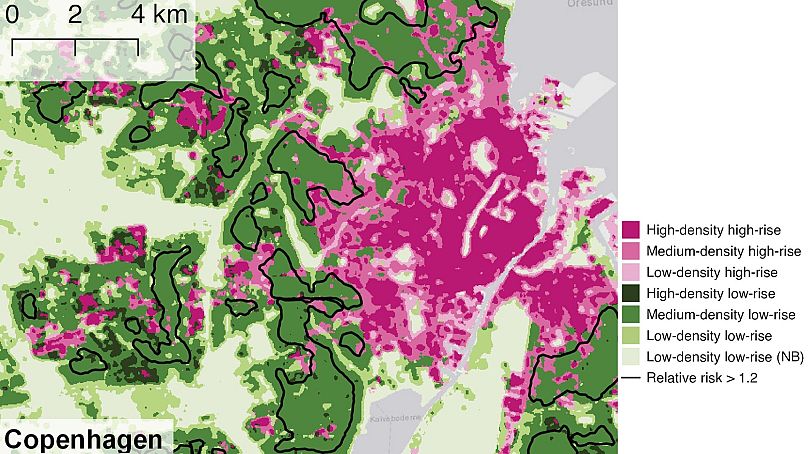Urban areas are more affected by depression than rural areas, but dense inner-city centres are not the worst place to live. A new study has found that residents of suburbs are more at risk of depression
According to existing research, people living in urban areas in Western Europe and the US find themselves facing a 39% increased risk of depression compared to those who live elsewhere. You might think that the difference could be explained by high buildings, noise, stress and air pollution.
But a new study published in Science Advances has found that some urban areas are better than others... like city centres.
Even though it's in the dense inner-city areas that you generally find the most noise, air pollution and high buildings, people living in sprawling residential suburbs are more likely to be depressed than their downtown counterparts. Why?
The researchers behind the new study argue that higher risks of depression found in sprawling, low-rise suburbs "may be partly down to long car commutes, less public open space and not high enough resident density to enable many local commercial places where people can gather together, such as shops, cafes and restaurants".
"A better option could be to invest in high-rise housing where lifestyles are not dependent on private car ownership, combined with thoughtful spatial design to increase access to shorelines, canals, lakes or urban parks", the researchers say.
Their argument doesn't stop at suburbs being depressing because of what they lack; they also argue that dense urban cores have clear advantages.
Why do city centres look better for mental health?
"Higher buildings or denser urban form may benefit mental health through an increased population and opportunities for social interaction", explains the study.
"Social interactions create a sense of community, reciprocity, and trustworthiness, which are factors positively related to mental well-being and protective against depression."
This said, city centres often feature dense neighbourhoods with high-rise buildings that "reduce sun exposure and increase local temperature, which are environmental pathways for increased risks of depressive symptoms."
All round, "multistory buildings with open space in the vicinity" seem to be the best option in urban areas, according to the study. "The lowest risk [of depression] was among those in rural areas and inner-city areas facing open space."
"A certain level of density is after all necessary to create lively communities that can support shops, businesses and public transport while at the same time allowing restoration with the benefit of open space", says the study.
Out and about
Access to open green space and interaction seems to be the two keys to preventing depression and serious mental illness.
"We speculate that the relatively low risk observed in high-rise and low-density areas might be because they create indoor sun exposure and are often situated at the border between areas providing dynamic socio-economic interaction and green space and water bodies enabling psychological restoration", explains the report.
This shows urban spatial planning can have an impact on public mental health. The researchers point out other studies' findings showing that multistory building schemes interspersed with large green spaces can "better mitigate extreme temperature than very dense low-rise areas with little spacing in-between" – and add that "this design also reduces transportation-related carbon emissions compared to sprawling urban form."
To be sure, this study has its limits. It was conducted by analysing Denmark's urban areas, the researchers themselves point out, and thus "may not be directly applicable to all other countries" since "the socio-environmental factors of mental wellbeing are dependent on cultural and geographical contexts."





